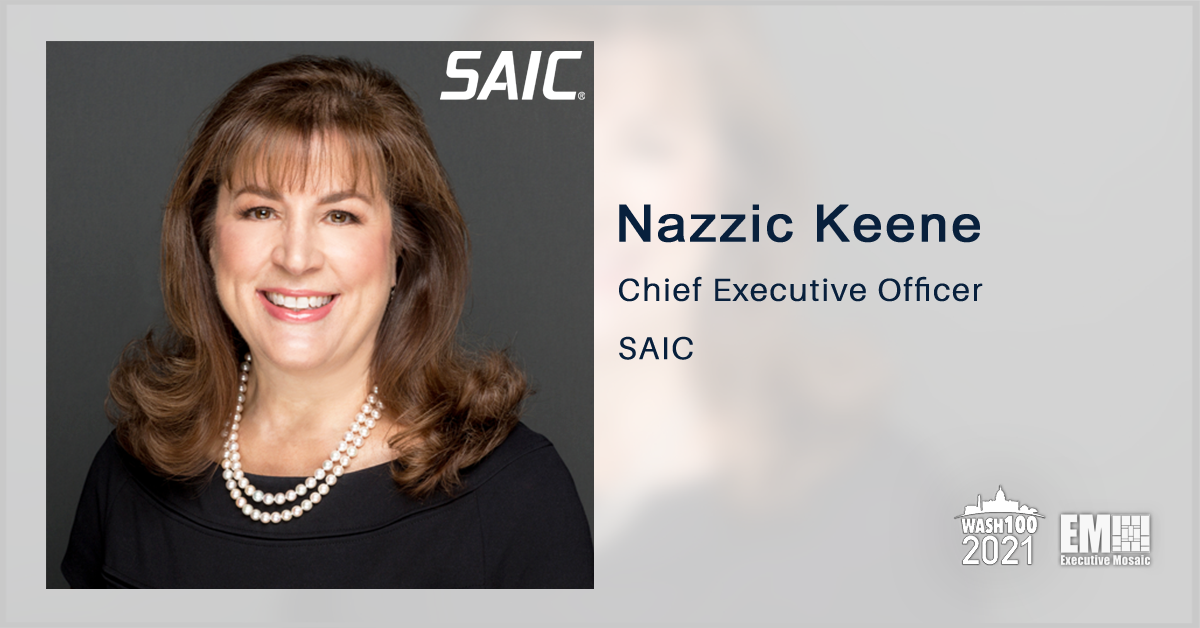Jacobs has secured a potential ten-year, $8.3 billion Oak Ridge Reservation Cleanup Contract to perform environmental clean-up services in support of the Department of Energy’s mission.
The new indefinite-delivery/indefinite-quantity contract was awarded to United Cleanup Oak Ridge, a joint venture between Jacobs, Amentum and Honeywell, and it will replace the East Tennessee Technology Park contract Jacobs received in 2011, the company said Thursday.
Environmental clean-up work will be performed at Oak Ridge Reservation locations including the East Tennessee Technology Park, the Oak Ridge National Laboratory and the Y-12 National Security Complex.
Karen Wiemelt, senior vice president and general manager of energy, security and technology for Jacobs said the contract represents a continuation of the company’s long-standing relationship with the DOE and demonstrates Jacobs’ values of sustainability and positive community impact.
“Jacobs has supported the DOE’s Office of Environmental Management’s (EM) mission at Oak Ridge since 2003 to support the clean-up of the ORR and our commitment to creating and preserving more than 2,000 high-quality jobs in the area,” Wielemt explained.
Under the contract, UCOR and its team of pre-selected small businesses, which includes Environmental Alternatives, RSI EnTech, Strata-G and Longenecker & Associates, will perform clean-up support services such as designing, constructing and operating a new Environmental Management Disposal Facility as well as maintenance and operational activities at ORR sites.
Recently, Jacobs was also awarded a spot on a $1.14 billion Army Munition site cleanup contract to help the service branch address and mitigate munition-related environmental and public health risks.








